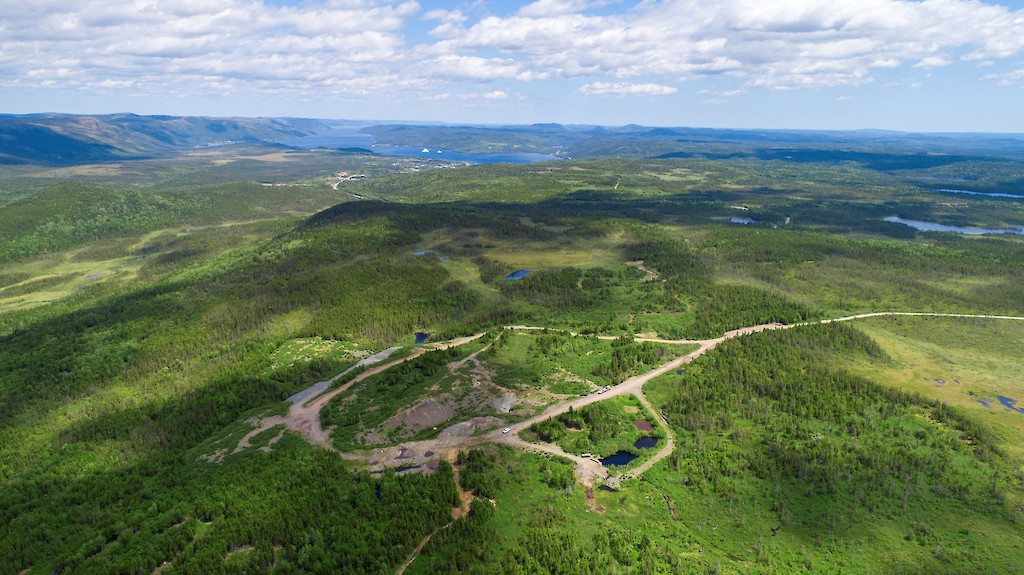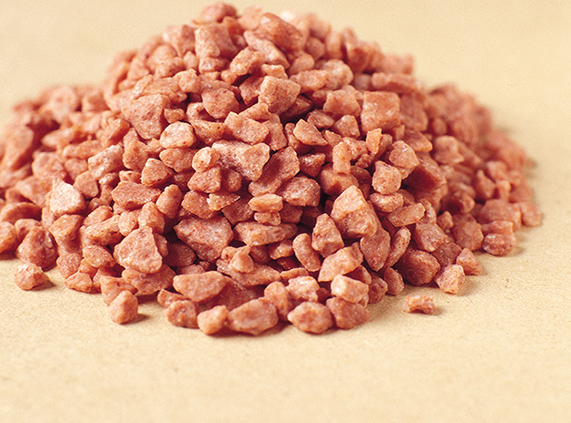Mining
Tuesday, May 7th, 2024 1:54 pm EDT
Key Points
- Li-FT Power Ltd. completed a successful summer 2023 surface program at the Cali lithium project in Northwest Territories, including a soil geochemistry survey, mapping, and prospecting. The program discovered that the spodumene pegmatite dike swarm system is larger than anticipated, with numerous spodumene pegmatite swarms present over a 1.5 km by 1 km area.3
- Out of 163 grab samples collected, 124 returned grades greater than 1% lithium oxide (Li2O). Soil geochemistry results outlined the outcropping corridors of spodumene pegmatites and defined an area with little outcrop that has similar anomalism, potentially indicating spodumene pegmatites under soil cover.3
- The surface program results significantly upgrade the potential of the Cali project area to host a large spodumene resource. The discovery of additional pegmatite corridors and the new lithium anomaly defined by soil geochemistry add significant upside potential to the project.
Li-FT Power Ltd. has provided an update on surface work completed during the summer of 2023 at the Cali lithium project, Northwest Territories.
During the summer surface program in 2023, Li-FT completed a soil geochemistry survey covering the Cali property, as well as a mapping and prospecting campaign. Rock sampling and mapping indicate that the spodumene pegmatite dike swarm system is larger than had been anticipated with numerous spodumene pegmatite swarms present within an area of 1.5 kilometres by one kilometre. Out of 163 grab samples collected, 124 returned grades at greater than 1 per cent lithium oxide (Li2O).
Soil geochemistry results successfully outlined the outcropping corridors of spodumene pegmatites, and additionally defined an area with very little outcrop that has a similar magnitude of anomalism which could indicate spodumene pegmatites are located beneath soil cover (Figure 3).
Francis MacDonald, CEO of Li-FT comments, “We are very pleased with the surface program results from 2023. When we initiated this program, we were expecting spodumene-bearing corridors to be limited to a single 150 m wide corridor, but the discovery of additional pegmatite corridors significantly upgrades the potential of the area. The new lithium anomaly defined by soil geochemistry adds even more upside with the potential for additional pegmatites located under cover. We see excellent potential at Cali to host a large spodumene resource.”
About the Cali Lithium Project
The Cali Lithium Project (CLP) is located in the Mackenzie Mountains on the border of the Northwest Territories and Yukon within the Little Nahanni Pegmatite Group (LNPG). The LNPG is a Cretaceous-age (~82-million-year-old) rare-element pegmatite dike swarm over an area of 13 km x 5 km that is hosted within Proterozoic Hyland Group sedimentary rocks. The pegmatites are dominantly spodumene-bearing with subordinate spodumene-free (mainly lepidolite-rich) dikes.
The Cali area was originally staked in 1961 by the Canada Tungsten Mining Corporation Ltd. who reported grab samples of 1.5% and 2.5% Li2O. No work was completed again until 1977 when Canadian Superior Exploration Ltd. (CSEL) staked the Cali area and completed a mapping and sampling campaign. CSEL concluded that there was excellent potential for a spodumene resource in the area. After the CSEL work, only sporadic sampling programs have been completed in the area.
QA/QC & Sampling Protocols
All rock and soil samples were collected under the supervision of Li-FT employees and contractors. Sample location and descriptions were recorded in the field with samples transported to a temporary exploration camp where blanks and certified reference materials were inserted at regular intervals. Field duplicates are also included in the sample runs. Groups of samples were placed in large bags, sealed with numbered tags in order to maintain a chain-of custody, and transported from the temporary exploration camp via helicopter/fixed wing to ALS Global’s (“ALS”) laboratory in Whitehorse, Yukon. Sample preparation and analytical work for this exploration program were carried out by ALS. Rock samples were prepared for analysis according to ALS method PREP-31: individual samples were crushed to 75% passing through 2 mm (10 mesh) screen; a 1,000-gram sub-sample was riffle split (SPL-21) and then pulverized (PUL-32) such that 85% passed through 75 micron (200 mesh) screen. A 0.2gram sub-sample of the pulverized material was then dissolved in a sodium peroxide solution and analyzed for 53 elements according to ALS method ME-MS89L. Soil Samples were prepared for analysis according to ALS method PREP-41: individual samples screened to 180 micron (80 mesh)(SCR-41). A 0.25g sub-sample of the screened material was then dissolved in a Four Acid solution and analyzed for 48 elements according to the super trace lowest detection limit ICP-MS ALS method ME-MS61L. All results passed the QA/QC screening at the lab, all inserted standards and blanks returned results that were within acceptable limits.
Qualified Person
The disclosure in this news release of scientific and technical information regarding Li-FT’s mineral properties has been reviewed and approved by Ron Voordouw, Ph.D., P.Geo., Partner, Director Geoscience, Equity Exploration Consultants Ltd., and a Qualified Person as defined by National Instrument 43-101 Standards of Disclosure for Mineral Projects (NI 43-101) and member in good standing with the Northwest Territories and Nunavut Association of Professional Engineers and Geoscientists (NAPEG) (Geologist Registration number: L5245).
About Li-FT
Li-FT is a mineral exploration company engaged in the acquisition, exploration, and development of lithium pegmatite projects located in Canada. The Company’s flagship project is the Yellowknife Lithium Project located in Northwest Territories, Canada. Li-FT also holds three early-stage exploration properties in Quebec, Canada with excellent potential for the discovery of buried lithium pegmatites, as well as the Cali Project in Northwest Territories within the Little Nahanni Pegmatite Group.
We seek Safe Harbor.




